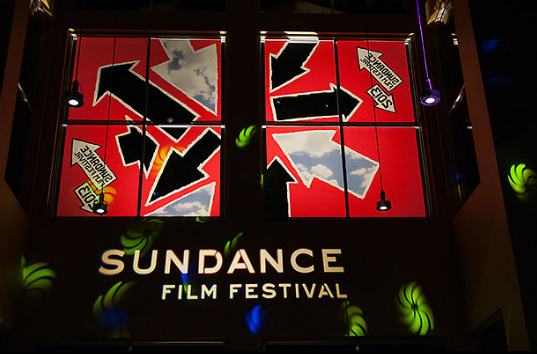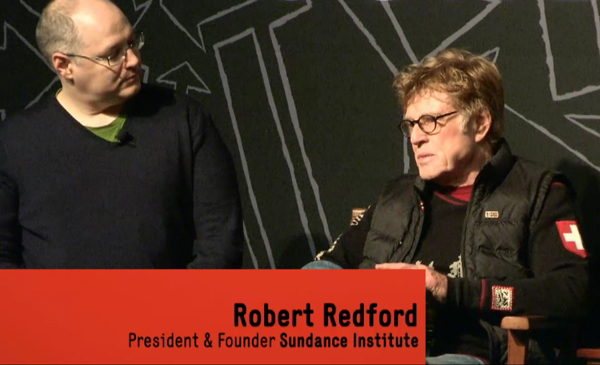
On January 17, 2013, the Sundance Film Festival kicked-off in Park City, Utah with several grand events including an opening press conference featuring the founder, Robert Redford, Sundance Institute Director Keri Putnam, and the Sundance Film Festival Director, John Cooper.
The 10 days of upcoming films, shorts, and documentaries are sure to challenge and inspire audiences globally, and also represent a pre-cursor of where entertainment and film and storytelling in general is headed in the near future. With 119 films in the festival, out of thousands of submissions, it’s clear that film-making, now with greater access to equipment and communication, is coming into a new era.
In addition, one of the most popular segments, especially for youth culture filmmakers and fans, are the short films and films formatted for smaller screens. There was a record number of 8,000 submissions for this category, according to Cooper, indicating the need and desire, as he put it, to tell stories that mainstream media often misses.

According to Robert Redford, the main thing he wanted to make clear at the press conference was that Sundance is about change. That change is inevitable. “But some people fight it, some see it in a positive way and take advantage of these opportunities. That’s where I am and that’s where Sundance is right now. You think about art and film, and it’s an agent for change.
Redford went on to say that it’s hear, with the Sundance Institute and Film Festival, that support takes place and the “development of new voices to be seen and heard” are made possible. He also went on to say that Sundance has been very good at anticipating change. In the late ‘80’s they were among the first to create a platform for documentaries—which at the time were often not that popular nor made much money. But now, documentaries are in demand. Just as also, creating platforms for films formatted and created for smaller screens. This is where youth culture and entertainment patterns have had a significant influence—from the types of tiny screen subjects, to the length, format, and even distribution.
“We look down the road for what’s coming next,” stated Redford.
According to Keri Putnam, director of Sundance Institute, there are films in the festival this year from 32 different countries. “This is a festival of discovery,” said Putnam. “Out of the 119 films, 51 of them are created by first-time filmmakers.”
In addition, 22 of the films that made it in this year come from the Sundance Institute labs that are conducted throughout the year and or granting programs. These year-round programs support about 400 artists and awarded $2 million in grants, which they do every year. “I’m excited about the Film Festival because this is the time when the community comes together to see those films,” said Putnam.
John Cooper, the director of the Sundance Film Festival said he was extremely excited about the upcoming films, but also about the music in the festival. This year, even more concerts, and shows will be taking place, and the music in various films and films made around music are highlighted.
“There’s a link between making music and making films,” said Cooper. “It was Bob’s idea, that crossover of mediums and there’s a tie between those that make music and someone who’s going to make an independent film. Here, we can bring the two together and get the two types of artists talking and see where that conversation goes.”
On the opening night, screenings happened for Who is Dayani Cristal?, Crystal Fairy, May in the Summer, and Twenty Feet From Stardom…followed by the customary Q&A’s. Thousands of industry players in entertainment and music have flocked to Utah for the festival. It was apparent at the opening screenings, the packed streets of Park City, media crews on hand, and general excitement and vibe as snow fell lightly over the mountain town, that this festival will once again be long remembered.
Stay tuned for more from Sundance over the next 10 days.


